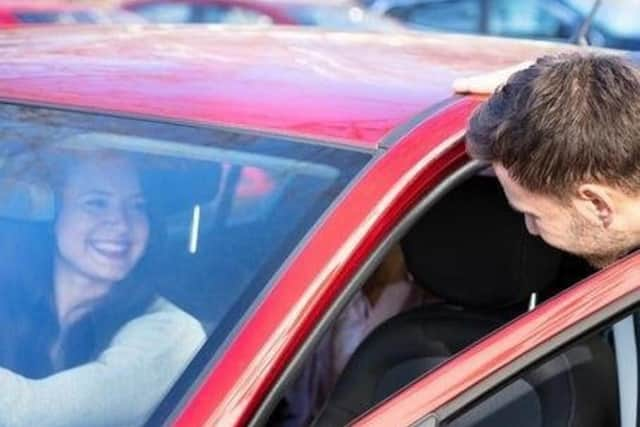Still fewer cars on roads in Hemel, Berkhamsted and Tring following Covid-19 lockdown, says report
and live on Freeview channel 276
And although traffic volumes are expected to increase, they may not return to previous levels.
The new data – contained in a Covid-19 data report – is due to be presented to councillors at a meeting of the county council’s resources and performance cabinet panel on Friday (September 4).
Advertisement
Hide AdAdvertisement
Hide AdIt shows that the number of motorists on the county’s roads during the morning and evening ‘rush hour’ is still 22 per cent lower than levels recorded in February.


It acknowledges that traffic volumes have been steadily increasing since the end of ‘lockdown’, when peak time traffic flow slumped by as much as 74 per cent.
And it suggests it will increase further following the re-opening of schools in September – but not to previous levels.
“Traffic volumes have increased steadily since lockdown began to ease in May but are still 22% lower at peak times compared to the baseline (3rd February),” says the report.
Advertisement
Hide AdAdvertisement
Hide Ad“However, the rate of increase has begun to plateau in the last few weeks.
"It is expected that traffic volumes will increase after the summer holiday and when schools fully re-open in September, but not to previous levels.”
Meanwhile the report also provides insight into the changing nature of car use in the county – with increasing use of cars to get to parks and significantly less to get to work or to access other transport.
The report shows that the percentage of journeys undertaken in Hertfordshire for work purposes is 48 per cent lower than pre-Covid levels, with journeys to ‘transit stations’ 42 per cent lower too.
The number of journeys to parks has increased by 118 per cent – more than doubling the levels recorded before the Covid-19 lockdown.